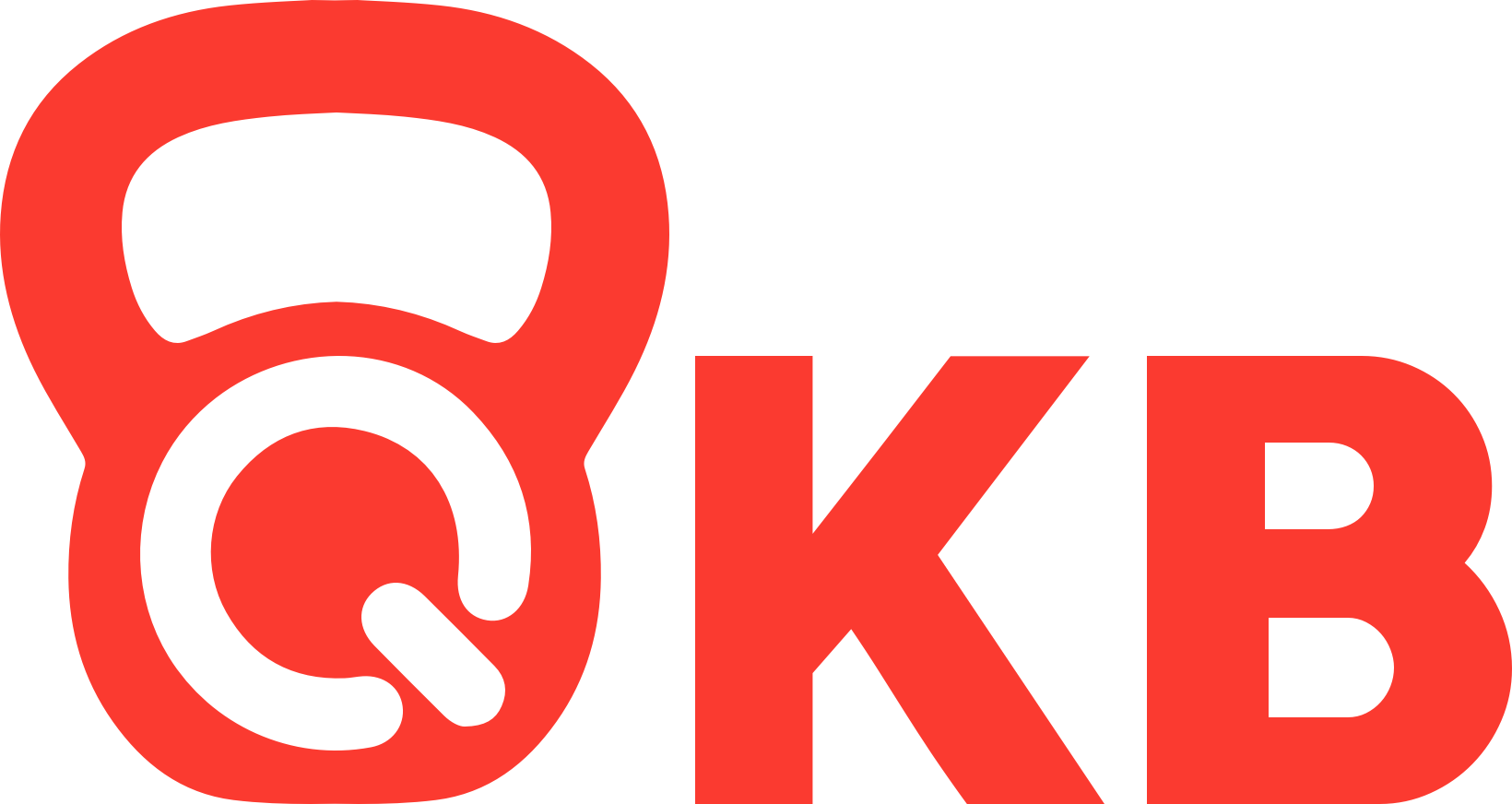Book Review: Original Strength
Intro: I get to read a lot of books, and was looking for a way to record quotes and categorise things in a way that I could easily refer to, and then I thought, other people might be interested in this as well… So here it is, my personal record of books I’ve read and am reading… and maybe some videos too…
Book Name: Original Strength
Author: Tim Anderson and Geoff Neupert
What it is about? Based on a movement restoration system. It’s central idea is that everything you need to restore your body’s function is already inside your head, and that the primitive movement patterns espoused within the book can help you to get you there.
What do I like? Having read Becoming Bulletproof and Pressing Reset, as well as being exposed to Gray Cooks stuff and Ground Force Method, I was already well aware of the benefits of primitive patterns, the thing that made this outstanding, was how simple it was, and how easily the information in the book could be applied. I have since done the workshop, and this material is some of the most important material that I have come across to help people move well and without pain.
I really liked that people could apply five simple movement sets and that these would pretty well tick off any corrective work that they needed.
What don’t I like? I tend to favour books that are set out very, very systematically - like convict conditioning, or the programming portions of Pavel books, so that was a bit of a negative for this book, but one that is admirably rectified in the workshops.
3 Quotes worth remembering?
Not only does movement improve your proprioception, it actually physically changes and improves your brain! Physical activity develops brain tissue! (Loc 293 in kindle)
We are simply made to move. Yet, most of us don’t. Instead we sit. So, we lose our movement patterns, or we replace them with sitting. We slow our brain development. In some ways, our brain development regresses. This process is called neuronal fitness or neuronal pruning.6 Just as movement can shape and develop our brains, not moving can also shape our brains. Simply put, our brains prune out the nerve connections we don’t need or the ones we don’t use often. The neural connections in the brain are much like the movement patterns in the body: Use it or lose it. (Loc 300 in kindle)
A solid center is developed by global input from the entire body: Diaphragmatic breathing, movement patterns, reflexes, vestibular information (balance system input), proprioceptive information (sensory nerves), brain development – all of these and more contribute to building a powerful center, thus producing a powerful body. (Loc 328 kindle)
When your body is operating correctly, your eyes lead the way. You already know for example, when you look up, your body moves ever so slightly into extension (leans back). And when you look down, your body moves ever so slightly into flexion (leans forward). These are reflexes that are hardwired into you and which are developed during the first couple months after birth. You continue to “cement” these reflexes until about the age of three. (Loc 1513 kindle)
Seriously… I had so many highlights in this book, that I’ve just scratched the surface here. This is definitely on my list of books that everybody should read…
Who would I recommend it for? Everyone. Particularly people who work with people or their bodies, but this is a book that I have recommended for practically everyone I know who has a body related issue… It is that good. With the release of OS: Restoration, and OS: Performance we have books that are probably targeted more accurately towards aged or broken, and athletes specifically, but I tend to think that those books function best in tandem with the original book (although that does create a fair amount of overlap in the introductions and some of the explanations).
*****
Rating out of 5*?
5* Excellent, everyone should read
4* Great book, a lot of solid points
3* Good book, some people will find it valuable
2* Okay, it does what it says and is worth a read if you’ve got nothing else to do
1* Not good. I wouldn’t bother.
